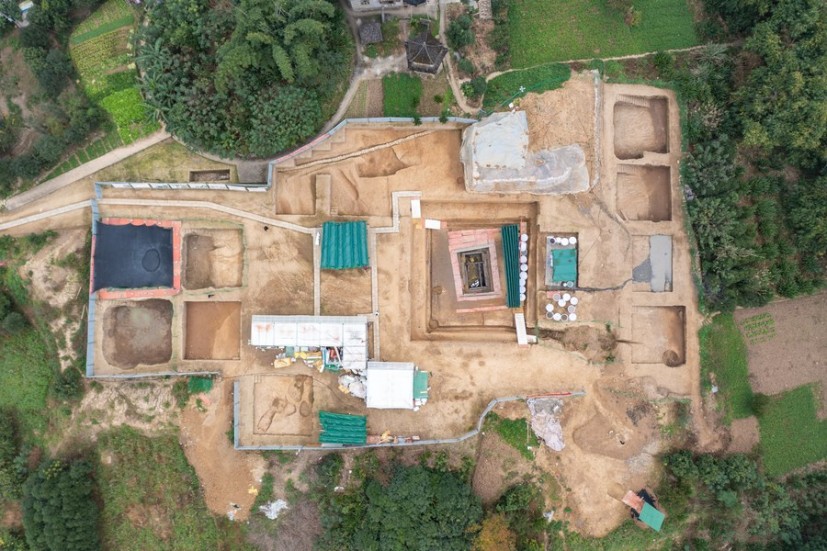Archaeologists from China's Chongqing municipality, located around 870 miles southwest of Beijing, have uncovered an ancient set of wooden artifacts believed to have collectively functioned as an astronomical calendar.
The find was discovered by the Chongqing Cultural Relics and Archaeology Research Institute in an incredibly well-preserved 2,000-year-old tomb in the town's Wulong District, and within it were over 600 ancient objects in similarly pristine condition.

'Earliest Chinese Documents' Discovered
The highlight of the haul was the set of 23 wooden slips that each measured around 1 inch wide by 4 inches long and had Chinese letters painted on them.
In an interview with the government-run publication Global Times, an archaeologist involved with the discovery named Wang Meng explained that these wooden slips were the "earliest Chinese documents" that had readable characters on them.
The written characters were all linked to the "Tianghan Dizhi," translated as the "Ten Heavenly Stems and Twelve Earthly Branches," which was a traditional calendar created during the Shang dynasty around 1600 BC to 1045 BC.
This calendar system involved ten Chinese letters being used as ordinals with the other twelve characters used to section out a day into a dozen two-hour periods. Meng added that he and his colleagues believe the slips were "bound together," but they still have not pinpointed yet the specific purpose behind the burial of the artifact.
Read Also : Eiffel Tower Closed Down Following Labor Strike on Centennial Anniversary of Its Creator's Death
Earliest Western Han Dynasty Tomb
The tomb that the slips were found in was dated to have been built around 193 BC, which was deduced from the "clear" written list of all the burial artifacts within the site.
According to Meng, this places the tomb of China's Western Han dynasty, which also makes this the first discovery of a wooden-chambered burial site dating to the period.
The period itself was believed to have existed from 206 BC up to 9 AD and was succeeded by the Eastern Han Dynasty which ruled within the country until 220 AD, however, both of these periods are typically coupled together as the "golden age" within China as it was when most of the country's traditions were set.
In addition to the calendar, the tomb also comprised bowls, boxes, plates, and jars made from lacquerware alongside bamboo utensils and wind instruments. The burial site also included spears and cooking stands created using copper material, as well as some wooden figurines, pottery, and other bronze artifacts.